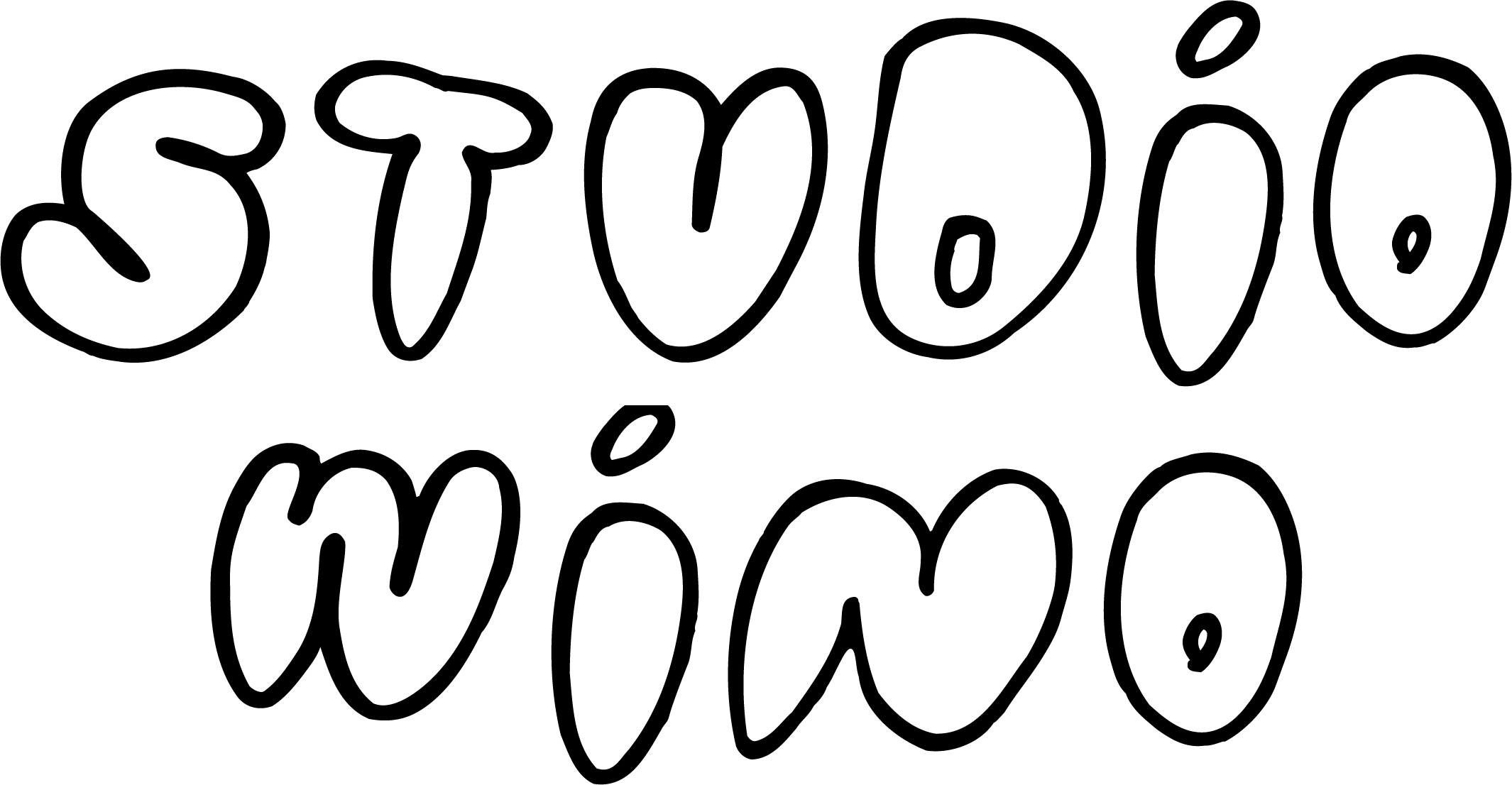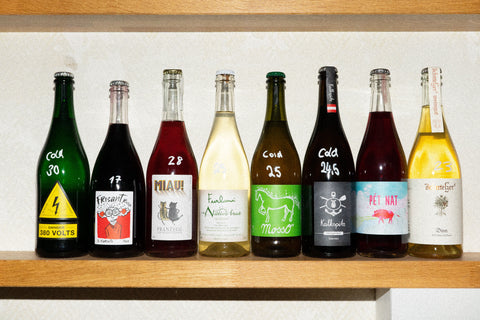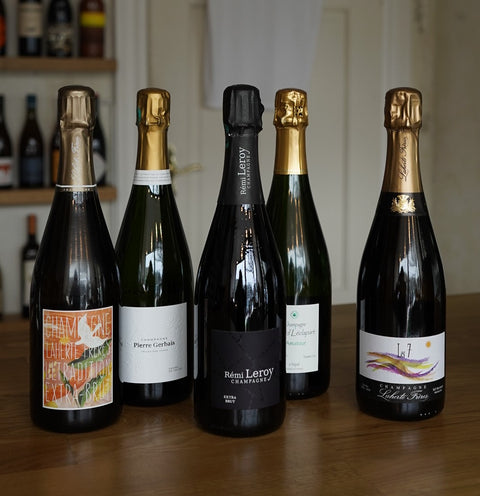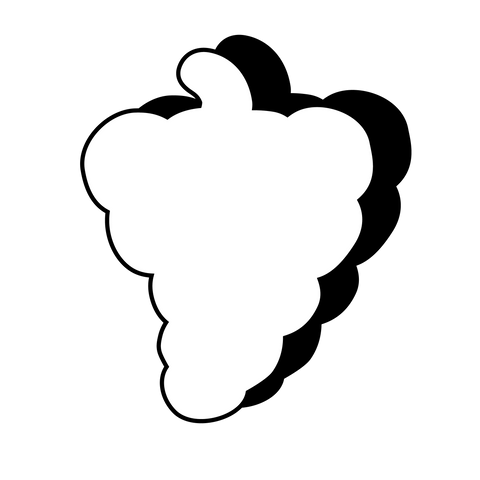A first point of natural-wine-contact for many people is Pet-Nat. These sparkling wines range anywhere from fizzy, bubbly to downright explosive, and are usually recognizable by their fun, colorful labels, playful names and see-through bottles showing the often hazy liquid inside. We love them, even though we have all at one point or another been viciously attacked by the contents of a bottle of Pet-Nat when opening it carelessly…But usually they are worth the trouble.
But besides worth the trouble, what exactly is a Pet-Nat? What hides behind the mysterious name? How is it different from Prosecco, Cava and Champagne? If you stick around, we will explain it all to you.
Pet-Nat is a shortened form of the French term “Pétillant-Naturel”, meaning natural sparkling. This gives us the first clue of what it is: The most natural and non-invasive way of getting bubbles into a wine. It is, however, far from being the only one: Let’s take a step back and look at other ways of carbonating fermented grape juice.
The first and most straight-forward one way to make sparkling wine, would be to artificially carbonate it, by injecting carbonic acid into it – the same way the industry carbonates soda pops or you do your tap water if you have a Soda Stream or similar machine at home. The carbonic acid is forced into the beverage under pressure and disperses there. This cheapo way of making sparkling wines actually does exist, but if you are at all selective in terms of what kind of wine you buy (and spend more than 3 Francs on a bottle), chances that you’ll ever actually drink one are minimal.
The second way of getting bubbles into wine is known as the “Charmat Method”. In it, a base wine is made by pressing grapes and fermenting the juice - or rather, the sugar in the juice - using yeast. This fully fermented, dry base wine is then filled into a tank with commercial yeast and sugar. The tank is closed hermetically (meaning sealed off completely), after which a second fermentation starts. A byproduct of every alcoholic fermentation is Carbon-dioxide (CO2), but it usually just dissipates into the environment (which happens when a tank is open, or the winemaking is done in a barrel or vat). In this hermetically closed tank, there is nowhere for the CO2 to go, so it stays inside the beverage forming small gas-filled bubbles. After this second fermentation is finished and the wine is again dry (as in sugar-free because all the available sugar has been turned into alcohol and CO2 by the yeast), the wine is filtered to take out the yeast and then bottled in a pressurized environment, to ensure that no bubbles can escape. This is how most accessibly priced sparkling wine is made: Proseccos and Lambruscos, for example, acquire their bubbles through the Charmat Method.
The third and most labor-intensive way is known as the “Traditional Method” or sometimes also as “Méthode Champenoise”, because it is said to have originated in the Champagne Region of France. The underlying principle is the same as for the Charmat Method, but the bubble-forming takes place in a smaller vessel: the bottle. The base wine is bottled with a bit of space left, in order to add yeast and sugar – the quantity of which must be calculated very carefully, because the pressure increase during the formation of the bubbles can put a lot of strain on the bottle. After adding this “liquer de tirage”, it is closed hermetically - usually with a crown cap, but in rare cases natural cork is used. The second fermentation builds a small amount of alcohol and carbon-dioxide, which can’t escape – boom – bubbles! Now, unfortunately, the yeast is still inside, and filtering wine in a bottle is much harder than doing so in a tank. So, while the bottles are still closed with the yeast in them, they are put in a rack cork-side down. Over a certain period, they are rotated repeatedly, until all the sediment has gathered in the bottleneck. This process is called “riddling”. Nowadays, it is often done by machines, turning a whole rack at once instead of the bottles separately. After the riddling, the bottleneck is frozen to make the liquid less reactive, and the crown cap or cork is quickly removed in an upward motion. The yeast splashes out of the bottle, while most of the wine stays in. This removal of the yeast is known as the “disgorgement” of the wine. To make up for the lost liquid, the bottles are topped off, either with the same wine or with a mixture of wine and sugar, to make the resulting sparkling wine sweeter. The mixture is called “expedition liqeur”. How much sugar is added is indicated by the “dosage” written on the label: Dosage Zero or Brut Nature means no sugar has been added, Brut means a little sugar was added, Dry (Sec) has even more, all the way to Sweet (Doux), which contains up to 50 grams per liter of sugar. The most well-known wines made like this are Champagne, Cava and Franciacorta.
Pet-Nat, on the other hand, is made in a way known as “Ancestral Method”. As the name indicates, this one has been around for ages, and was probably born from an accident: Farmers bottled a wine in winter that hadn’t completed its fermentation. Yeasts don’t like cold, so they lay dormant for a few months, and then started working again when the weather got warmer in spring, turning all that residual sugar into alcohol and glorious gas. This is pretty much how it’s still done. No foreign ingredients are introduced to the wine, the producer works with the yeasts and sugars that are naturally present on or in the grapes. After they are crushed, the fermentation begins. The yeasts start transforming the sugars into alcohol. When only a certain amount of sugar is left, the wine is bottled, and the bottle closed – usually with a crown cap. If all goes well, the fermentation will continue. Now the CO2 can’t go anywhere, so it stays in the bottle – voilà, Pet-Nat. When the Ancestral Method was first discovered, humans loved it and tried to recreate it. After some time, more precise methods were developed to increase the degree of control over the finished product, like the ones mentioned earlier in this article.
The point at which the fermenting wine or must is bottled is usually calculated precisely, to ensure that the bottle will support the wine’s final pressure. Sometimes, however, shit happens and there is either no further fermentation – the wine stays slightly sweet and has no bubbles – or too much pressure buildup – the wine becomes extremely foamy and explosive. This can be limited by disgorging – taking out the live yeasts will tame the wine somewhat. Some producers do this, which is why not all Pet-Nat is cloudy.
In general, there is a lot of diversity in the world of Pet-Nat, from white to orange, from rosé to red, from cloudy to clear, from funky to almost “traditional-method-y” tasting. The best way of finding the right Pet-Nat for you (or the right ones – we don’t judge!), is to try as many as you can! What’s not to love: Buying a bottle of Pet-Nat is always a bit of an adventure and one never knows what to expect. Usually, though, the content is somewhere between great and fabulous, and isn’t that a wonderful way to add some excitement into life?
Pro Tip: In order to limit the explosiveness of your Pet-Nat, make sure you don’t shake it in the hours before opening and only open if it’s VERY COLD. That will make it less reactive. It’s always better to open it VERY slowly and at an angle, around 45 degrees will do. And, last but not least, be prepared: Have a glass ready, so you don’t lose any of the magic. Enjoy!
Her the link to: 8 Must Try Pet-Nats
Share
Tags




